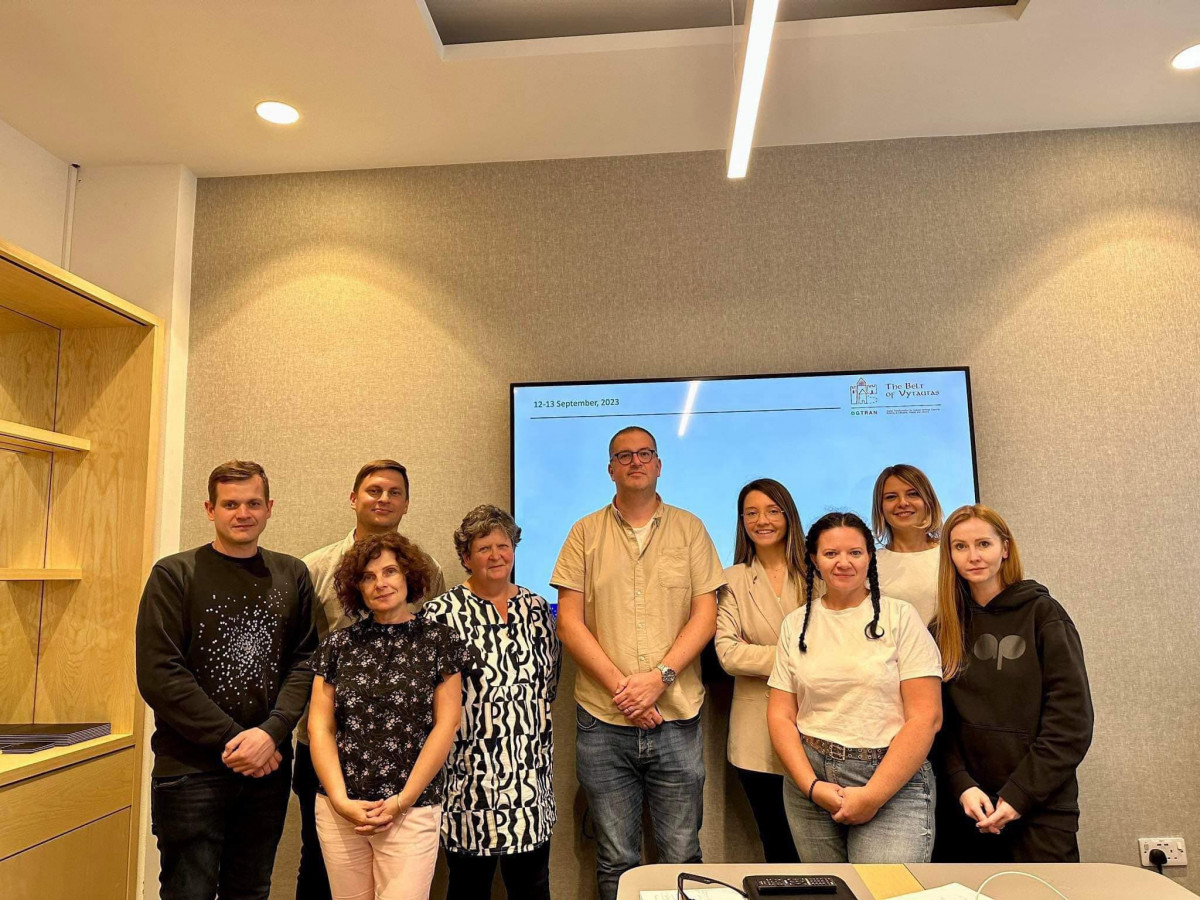Most recently, photos from the Victory Day celebration in Moscow circulated around the world. A big concert was broadcast on Russia’s main propaganda Channel 1, and among the photos of the victims of the Second World War (which the racists continue to call the Great Patriotic War), there was an image of the famous American robbers Bonnie Parker and Clyde Burrow. Neither Bonnie nor Clyde even lived to see the start of this war, because in 1933 they were killed by Texas state policemen. But this case is useful, because it demonstrates not only the primitiveness of the Russian propaganda machine, but also the fact that photos and videos are not unconditional proof of the event or situation they demonstrate. Sometimes you can even notice a note next to them – photos or videos are purely illustrative. However, this is only sometimes. Many publications in the pursuit of views and popularity “forget” to report this.
Therefore, the faces of soldiers, videos of fires or shelling do not always correspond to the news that is being illustrated, and this is important to remember. Illustration is a common media tool, but professional publications are obliged to mention it. Instead, Russian information criminals deliberately “throw in” fabricated photos and videos to sow doubts and panic in Ukrainian society. Let’s recall at least their deepfake of Zelenskyi. As Wikipedia explains, deepfake is a method of synthesizing a person’s image, which is based on artificial intelligence and uses the combination and superimposition of some images and videos on other images or videos. Deepfake can be used to create fake videos, and an example of this is Zelensky’s fake appeal for the surrender of Donbas and the offer to lay down arms in early March 2022. Fortunately, Russian propagandists made it ineptly and from the first minutes the world audience understood that it was a lie, but we should not forget – such technologies exist and the fakes are quite high-quality. So in times of war, let’s not forget that a photo or video is not the final proof.
This publication was prepared within the framework of the project “Citizenship for Democratization” with the assistance of the European Union, which is carried out by the Institute for Economic Research and Policy Consultation. The content of this publication is the sole responsibility of the NGO “Volyn Foundation” and in no way reflects the point of view of the European Union and the Institute of Economic Research and Political Consultation.
Anna Danylchuk, NGO “Volyn Foundation”
















